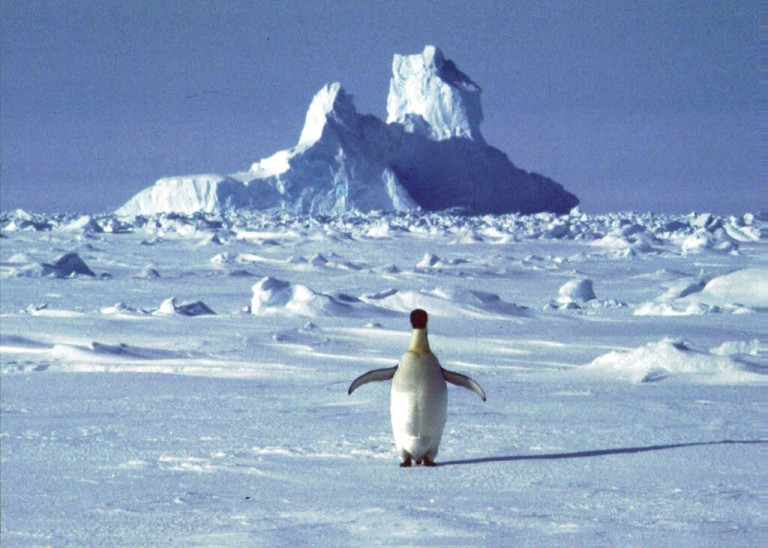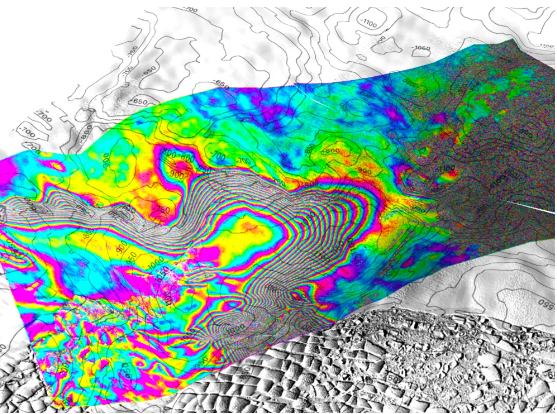If the iceberg collapses, because it acts as a natural barrier to the entire glacier that covers West Antarctica, scientists estimate that the water level could rise by more than three meters.
The Antarctic ocean seems to be rapidly gnawing away at the so-called “Doomsday Glacier”, accelerating its melting, which is predicted to happen much faster than we thought. New research using radar data from satellites in space reveals what’s to come.
A team of glaciologists, led by scientists from the University of California, Irvine, used high-resolution satellite radar data collected between March and June last year to create an X-ray of the Thwaites Iceberg, nicknamed the ‘Doomsday Glacier’ “, i.e. “Glacier of the Apocalypse”. The name is due to the fact that if this huge piece of ice, which is the size of Florida, collapses, the water level will rise dramatically worldwide, as chain reactions in the environment as a whole will follow.
It already appears that the Thwaites iceberg contributes 4% to the rise in global water levels, as it consists of enough ice to raise the water table by more than half a metre. If, however, the iceberg collapses, because it acts as a natural barrier to all the ice surrounding West Antarctica, scientists estimate that the water level could rise by as much as three meters, perhaps more.
The x-ray of the iceberg, taken by the scientists, gave a clearer picture of the stage at which the melting of the ice is and show the point to which it has progressed. They observed in this way that the salty ocean water goes deep into the iceberg and then returns back again. It follows this rhythm of the tides every day, thus raising the surface of the iceberg.
In short, it “pushes” its base and it slowly detaches from the rest of the body, melts and raises the water level on the floating iceberg.
Source: Skai
I have worked as a journalist for over 10 years, and my work has been featured on many different news websites. I am also an author, and my work has been published in several books. I specialize in opinion writing, and I often write about current events and controversial topics. I am a very well-rounded writer, and I have a lot of experience in different areas of journalism. I am a very hard worker, and I am always willing to put in the extra effort to get the job done.












